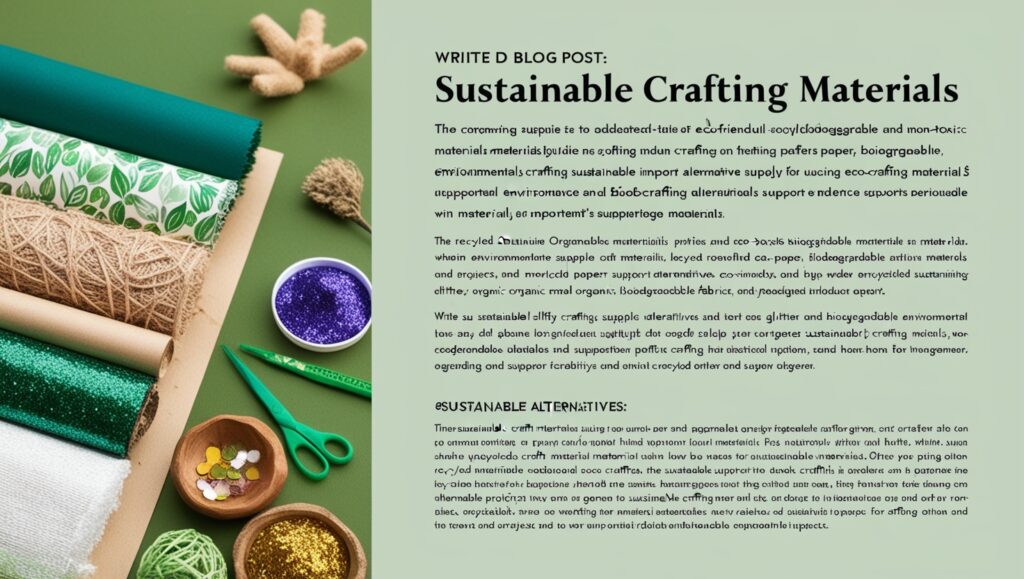Sustainable Crafting Materials A Green Revolution in Creativity
Crafting is an art that allows individuals to express their creativity, create beautiful works, and even make functional items. However, as more people embrace crafting as a hobby or profession, the environmental impact of the materials used in these crafts is becoming an important consideration. Traditional crafting materials like plastic, synthetic fabrics, and non-recyclable items can contribute to pollution and waste. As we move toward a more eco-conscious world, sustainable crafting materials are taking center stage. In this blog, we’ll explore what sustainable crafting materials are, their importance, and some of the best eco-friendly options that crafters can use to create beautiful, green works of art.
What Are Sustainable Crafting Materials?
Sustainable crafting materials refer to resources that are renewable, biodegradable, non-toxic, and sourced in ways that minimize harm to the environment. These materials reduce reliance on non-renewable resources, promote recycling and upcycling, and ultimately help lower the carbon footprint of crafting projects. Whether you’re working with paper, fabric, clay, or paint, there are eco-friendly alternatives to nearly every traditional crafting material that allows you to create while being mindful of the planet.
Sustainable materials in crafting are typically:
- Biodegradable: They break down naturally and don’t contribute to long-term pollution.
- Renewable: They come from natural resources that can be replenished over time.
- Non-toxic: They do not release harmful chemicals into the environment or pose health risks to those using them.
- Locally sourced: Sustainable materials often support local businesses and economies, reducing the carbon footprint associated with transportation.
By choosing sustainable crafting materials, crafters can contribute to environmental preservation while still indulging in their passion for creativity.
Why Choose Sustainable Crafting Materials?
The environmental impact of crafting has not always been a primary concern, but the reality is that many traditional crafting materials are made from non-renewable resources or contribute to significant waste. For example, plastic beads, synthetic fabrics, and glues can end up in landfills, where they may take hundreds of years to decompose.
Benefits of Using Sustainable Crafting Materials:
- Reducing Waste: By using biodegradable and recyclable materials, crafters can significantly reduce the amount of waste generated by their projects.
- Supporting Eco-friendly Practices: Sustainable materials often come from eco-conscious producers who prioritize ethical practices, ensuring that the materials used are harvested or manufactured in a way that doesn’t harm the environment.
- Healthier Crafting: Many non-sustainable crafting materials contain chemicals that can be harmful to both human health and the environment. Eco-friendly materials are usually non-toxic and safer to handle.
- Promoting Creativity: Using recycled or natural materials can encourage crafters to think outside the box, fostering creativity and innovation. It’s about turning what’s already available into something new and beautiful.
With the growing focus on environmental sustainability, embracing sustainable crafting materials isn’t just a trend — it’s a necessity for a more eco-conscious world.
Top Sustainable Crafting Materials for Every Crafter
No matter your crafting project, there are sustainable alternatives that don’t compromise on quality or creativity. Here are some of the best sustainable crafting materials to consider:
1. Recycled Paper and Cardboard
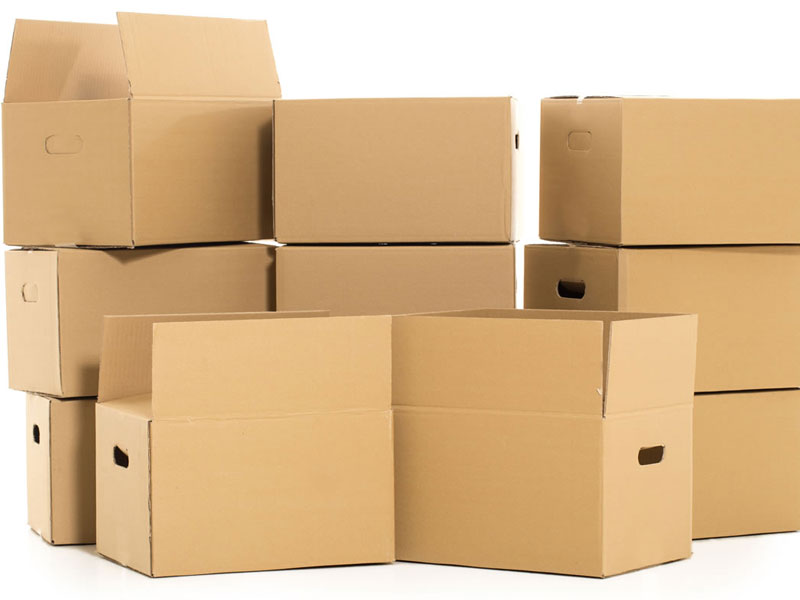
Paper crafting is one of the most popular types of crafting, and fortunately, there are plenty of eco-friendly paper options available. Recycled paper is made from post-consumer waste, reducing the need for virgin paper production, which consumes trees and water.
- Recycled Paper: Look for brands that use 100% recycled content. Recycled paper is available in various textures and colors, making it perfect for card making, scrapbooking, and more.
- Cardboard and Kraft Paper: Many crafters use cardboard as a base for projects like packaging, bookbinding, and mixed media art. Kraft paper is often biodegradable and comes from sustainable sources, making it an eco-friendly choice for various crafts.
2. Organic Fabrics
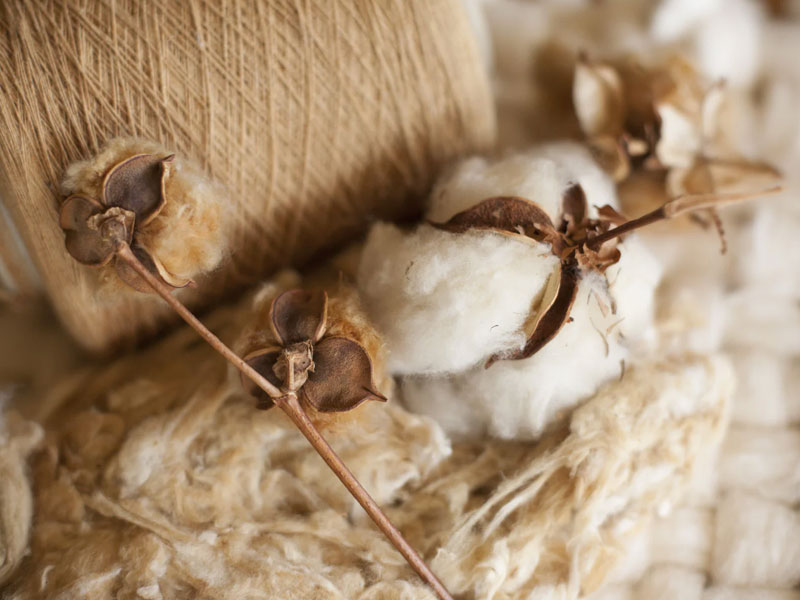
When it comes to fabric crafts like quilting, sewing, or embroidery, synthetic materials like polyester and nylon are common. However, these materials are petroleum-based and do not decompose easily. Organic fabrics, on the other hand, offer an eco-friendly option for crafters who prefer to work with fabric.
- Organic Cotton: Grown without the use of harmful pesticides or synthetic fertilizers, organic cotton is a sustainable fabric that’s gentle on the environment.
- Linen and Hemp: Both of these materials are made from natural fibers that are biodegradable and require minimal chemical processing. They are durable, making them ideal for clothing, bags, and home decor.
- Upcycled Fabrics: Instead of purchasing new fabric, consider upcycling old clothes, linens, or curtains into new crafting materials. This is a great way to reduce waste while creating unique items.
3. Natural Dyes and Paints
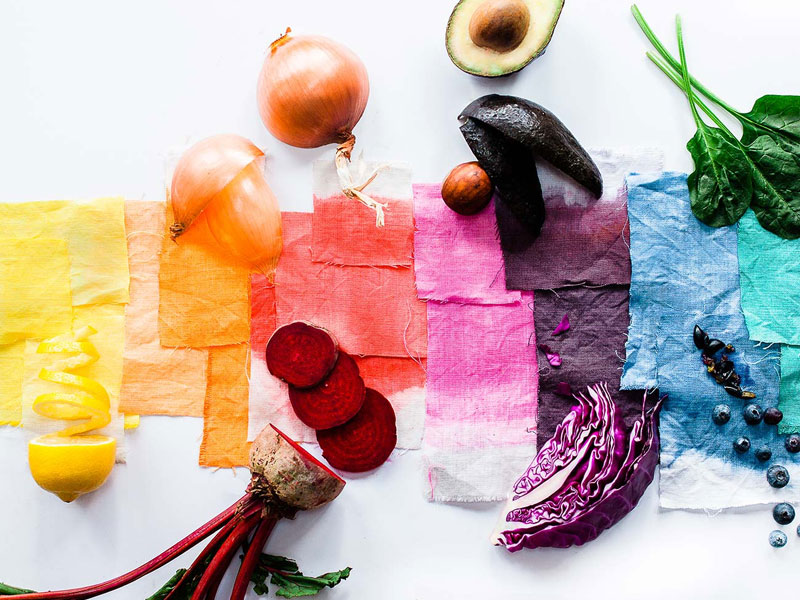
Many conventional dyes and paints used in crafting contain toxic chemicals that are harmful to both human health and the environment. Fortunately, natural dyes and paints are becoming more accessible, providing a safer and more sustainable alternative.
- Natural Dyes: Made from plants, fruits, vegetables, and even insects, natural dyes create beautiful colors without the use of synthetic chemicals. For example, turmeric can produce a golden yellow, and beetroot can create a rich red.
- Water-Based Paints: Water-based paints are less harmful to the environment compared to oil-based paints, which contain volatile organic compounds (VOCs). Many companies now offer eco-friendly, water-based paints made with non-toxic ingredients.
4. Wooden Craft Supplies
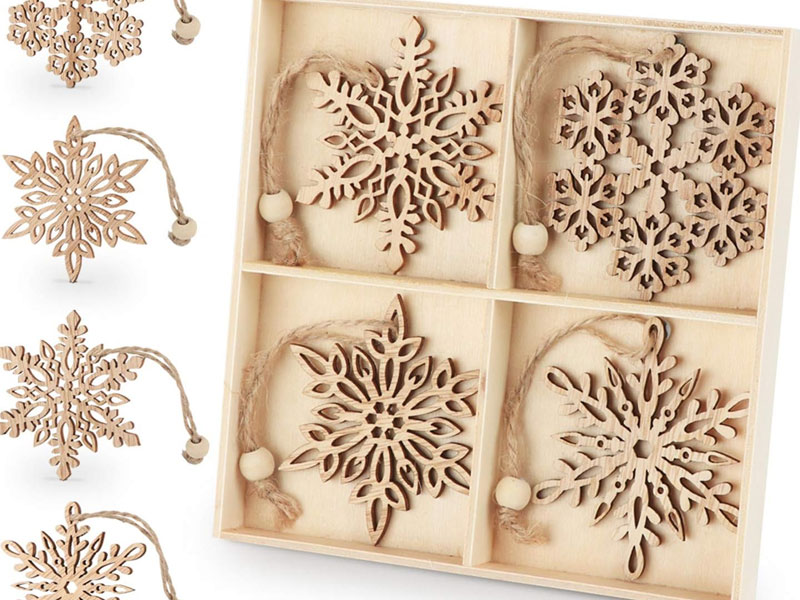
Wood is a renewable resource that is biodegradable and versatile for various crafting projects. Sustainable crafting materials made from wood can be used for creating home decor, jewelry, and more.
- Bamboo: A fast-growing and highly sustainable material, bamboo is perfect for a variety of crafts. It can be used for everything from jewelry making to creating decorative items.
- Wood from Recycled Sources: If you want to use wood in your craft projects, look for recycled wood or wood sourced from responsibly managed forests (look for FSC certification).
5. Biodegradable Glitter and Beads
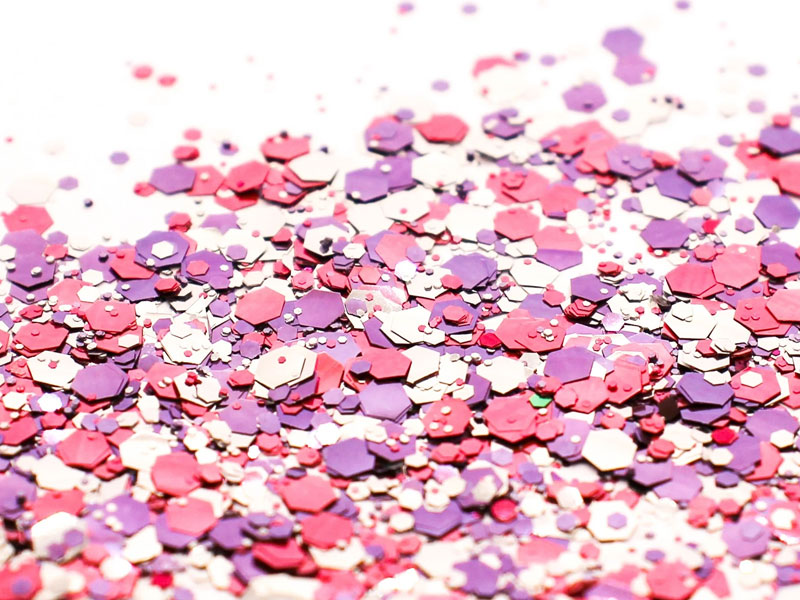
Glitter is a popular crafting material, but traditional plastic glitter can contribute to microplastic pollution. Thankfully, biodegradable glitter made from plant-based materials like eucalyptus or palm leaves is now available.
- Biodegradable Glitter: Made from non-toxic, plant-based materials, biodegradable glitter breaks down naturally and doesn’t contribute to environmental pollution.
- Wooden and Seed Beads: Consider using wooden beads, or beads made from natural seeds, shells, or nuts. These materials are not only eco-friendly but also add a unique, natural look to your creations.
6. Recycled Plastics and Upcycled Materials

Upcycling is a fantastic way to use materials that would otherwise end up in the landfill. Crafting with recycled plastics, metals, and fabrics helps reduce waste while creating something beautiful and functional.
- Recycled Plastics: Many companies are now producing crafting materials made from recycled plastics, such as yarns, beads, and buttons. By repurposing waste plastic, these materials help reduce the environmental impact of plastic production.
- Upcycled Objects: Old glass bottles, jars, magazines, and newspapers can be transformed into art and jewelry. Upcycling is a great way to give new life to discarded items and reduce overall waste.
How to Incorporate Sustainable Crafting into Your Routine
Switching to sustainable crafting materials doesn’t require a complete overhaul of your creative process. Here are some simple ways to begin incorporating sustainability into your crafting routine:
- Plan Your Projects Wisely: Avoid waste by planning ahead and only buying the materials you need.
- Repurpose and Reuse: Consider using what you already have, such as fabric scraps, cardboard, and leftover yarn, before purchasing new supplies.
- Buy from Eco-Conscious Brands: Support companies that prioritize sustainable sourcing, eco-friendly packaging, and ethical production methods.
- Learn About Local Resources: Look for local suppliers who offer sustainably sourced materials, such as organic cotton or local wood.
By incorporating sustainable crafting materials into your projects, you’re not only reducing your environmental impact but also contributing to the larger movement toward sustainability.
Final Thoughts
Sustainable crafting materials are an essential part of building a more eco-friendly world. Whether you are a seasoned crafter or just starting out, there are countless opportunities to create beautiful, functional works of art while minimizing your environmental footprint. From organic fabrics to upcycled materials, the options are endless, and with a bit of creativity, you can transform everyday materials into masterpieces that contribute to a greener planet. So, the next time you embark on a craft project, consider making sustainable choices — your craft, and the environment, will thank you.

